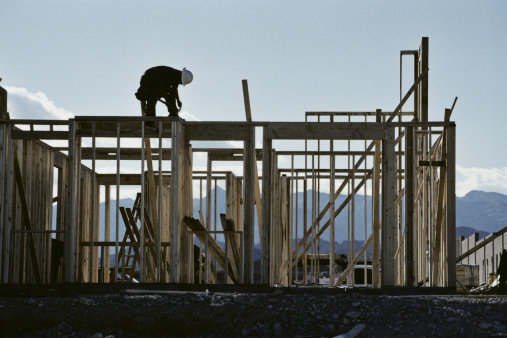Blog
Market Value of Your Home vs. Rebuild Value: How to Be Properly Insured in a Total Loss
Buying a home is usually one of the biggest investments people make, or at least forms part of a larger investment portfolio. Yet, the majority of houses are underinsured – two out of three in fact, according to one figure from Marshall & Swift/Boeckh.
Underinsurance often happens when property owners rely on a home’s market value when placing the insurance, instead of insuring for the current rebuilding price. They also forget to take into account:
- Alterations to the property over time that increase the value
- Market changes, labor and materials that impact the cost of rebuilding
Known natural disasters based on geographic location and unpredictable weather patterns are two reasons it’s crucial to make sure your insurance covers 100 percent of the cost to rebuild your house at any given point in home ownership.

A total loss that is insufficiently covered could mean having to liquidate investments, downgrade lifestyle choices or delay retirement. In this post, we’ll look at important considerations when assessing a property’s value to ensure the right amount of insurance coverage is selected.
Location
First and foremost, remember that the market cost of what you could sell your property for is going to be different than the cost of rebuilding it, and location factors into that.
For example, if you buy property in a desirable area, the location factors into the cost of selling, but is typically less influential on the cost of rebuilding the home, because the land itself may be more valuable.
That said, rebuilding costs could also be impacted by location. If your property is in a remote area, as an example, the cost of labor and materials may be higher. Likewise, if a natural disaster damages multiple homes in an area, the costs may go up for the build.
Renovations
Unless advised otherwise, insurance carriers provide coverage based on standard features found in most houses. Homeowners may make improvements over time, and this will impact the amount of coverage needed.
For example, did you know renovations to your home might change the cost per square foot? Details that you may not have thought of like finished basements, an upgraded kitchen and other forms of remodeling all influence the value. As does adding new rooms to an existing house.
And here’s an important question: If you were to rebuild a house you lost, what type of materials would be used? High-quality materials and the finishing impact the cost of rebuilding.
Communication
Insurance carriers only have the information they’ve received about the home when the coverage was placed, so any modifications should be discussed with your broker prior to work commencing.
This is not only important to the value of the rebuild, but also the liability and risks of remodeling. Here at Woodruff Sawyer, our Private Client Advisors team makes it a practice to review clients’ building contracts ahead of time to make sure their policies are written correctly for maximum protection.
In terms of valuating the rebuild, the insurance carrier’s obligation following a total loss is to make sure the new house is the same in terms of size and finish as the prior structure.
The right insurance carrier will perform a home evaluation to determine the correct replacement cost of your house, taking the guesswork and potential unhappiness at claim time away.
And remember: once written correctly, it’s wise to have the policy reviewed and adjusted on an annual basis.
Table of Contents







